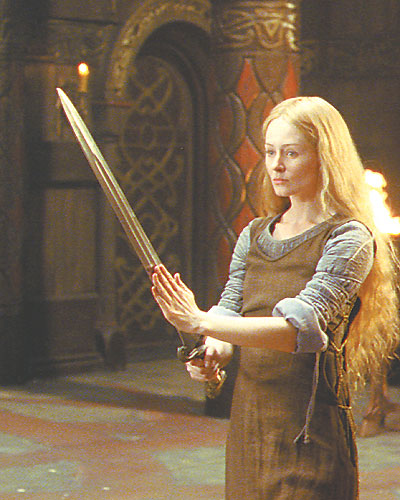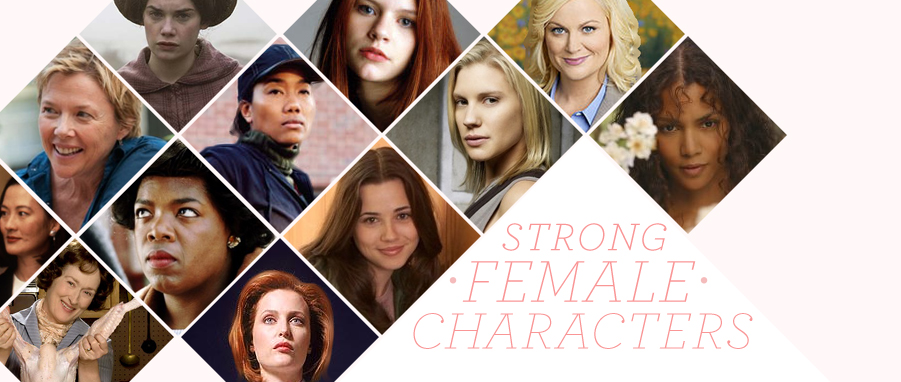 I haven’t seen The Hobbit yet. I’m sad about this. This will be remedied soon.
I haven’t seen The Hobbit yet. I’m sad about this. This will be remedied soon.
The reason I’m sad is because I was obsessed, no really, obsessed with the Lord of the Rings trilogy when it came out. I wasn’t a huge nerd—I hadn’t even read the books all the way through—but I nerded out to the max when it came to Peter Jackson’s ridiculous over-the-top epic trilogy. I saw the first one four times in the theater. And recently, I rewatched the movies again and, thank goodness, I’m still an LOTR nerd, ten years and fifty viewings later.
One thing I really appreciate about the film trilogy is its amplification of the female roles in the translation from book to movie. Like many fantasy worlds, Tolkien’s universe is, you know, kind of a sausage fest. The female characters that appear in the movies—Arwen (Liv Tyler), Galadriel (Cate Blanchett), and Eowyn (Miranda Otto)—all appear in the books, but with proportionally diminished roles. In particular, Arwen’s role was beefed up big time to provide a lovely elfin female face for the franchise and give greater emphasis to the films’ central (only) romance, between her and Aragorn.
But if I were to dress up as a Lord of the Rings character for, say, a premiere, or a convention, or a nerd party, I would forgo the elf costume (the Rivendell aesthetic is kind of played out by now anyway) and choose Eowyn, because she’s the closest thing to a feminist hero that the overwhelmingly masculine story has.
Eowyn is Rohan royalty, and like most womanly royalty she’s expected to stay in the castle, but all she really wants to do is fight. Her uncle, King Theoden, forbids her from battle, so she does what any self-respecting sword-wielding lady would do: cross-dresses in some battle gear and goes to war anyway. (Like Mulan!) She also transfers her own pathos onto the hobbit Merry, who is likewise forbidden from war because of his small stature, and sympathizing, decides to take him along with her.
The crowning kick-ass feminist moment comes when Eowyn comes face to face with the Witch-King, whom “no man can kill.” First she chops the head off of his flying dragon transportation. Then she dodges a ton of terrifying mace blows (while admittedly looking absolutely terrified). Witch-dude reiterates for both Eowyn and the audience’s benefit, “No man can kill me!” Eowyn pulls off her helmet, revealing her flowing locks, and says:
“I am no man.”
And bam! Sword to the face. Or the black void inside his helmet that we can only assume contains a face somewhere.
The moment walks a fine line between eye-rolling and fist-pumping, but I still enjoy it. It’s great to see that even in medieval-seeming Middle-Earth, traditional gender roles are being challenged. Of course, besides her war story, the character of Eowyn also contributes a touch of romantic triangle by falling in love with Aragorn, who is, duh, Arwen’s boyfriend, but eventually she finds her own happiness without him. (In the books and in the extended film version, she rebounds with Faramir; also a great guy.)
I’ll wrap up this nerd post by saying that, in general, fantasy can be limited in the roles it offers its women characters, not to mention minorities (see LOTR: minority actors appear only as evil men or under globs of Uruk-hai makeup), so I’m gladdened whenever a strong, realistic female character shows up—even if that means broadening and underscoring a minor role from the source material.
Conversely: Why is Galadriel in The Hobbit? Fellow nerds?

